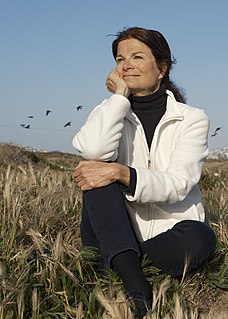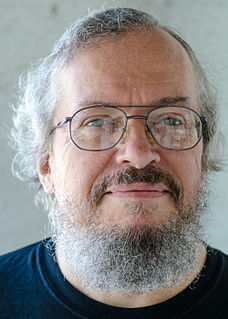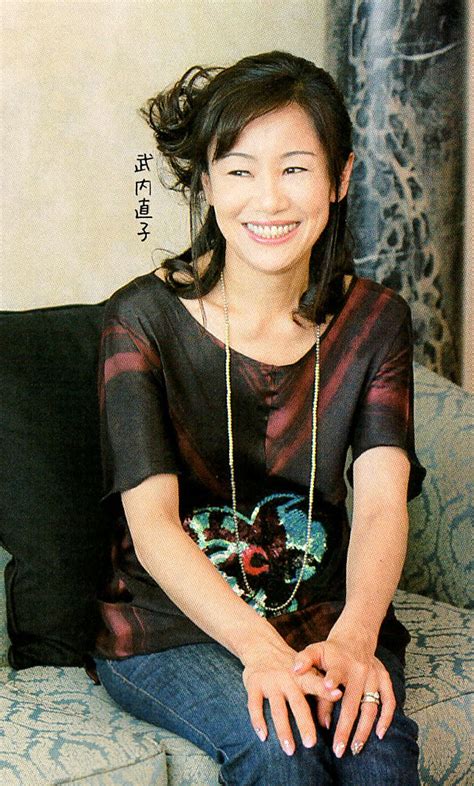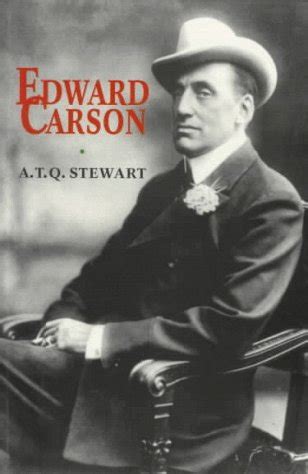A Quote by Carolyn Porco
The need for a detailed, comprehensive examination of the Saturn system became clear during the early 1980s, after the two Voyager spacecraft made flybys of the planet. These celebrated events were the opening acts in the story of humanity's exploration of Saturn.
Related Quotes
Voyager found Saturn to be a planet with a complex interior, atmosphere, and magnetosphere. In its rings - a vast, gleaming disk of icy rubble - the mission recorded signs of the same physical mechanisms that were key in configuring the early solar system and similar disks of material around other stars.
The phrase 'contrary to all expectations' rings through the story of the progress of human knowledge. It was 'contrary to all expectations' that the Earth was found to revolve around the sun, and not the other way round, and that a mould growing in one of Dr. Alexander Fleming's dishes was found to be capable of destroying bacteria. When in 1989 the spacecraft Voyager 2 got close enough to the planet Naptune to take detailed pictures of the surface, they were 'contrary to all expectations'.




























